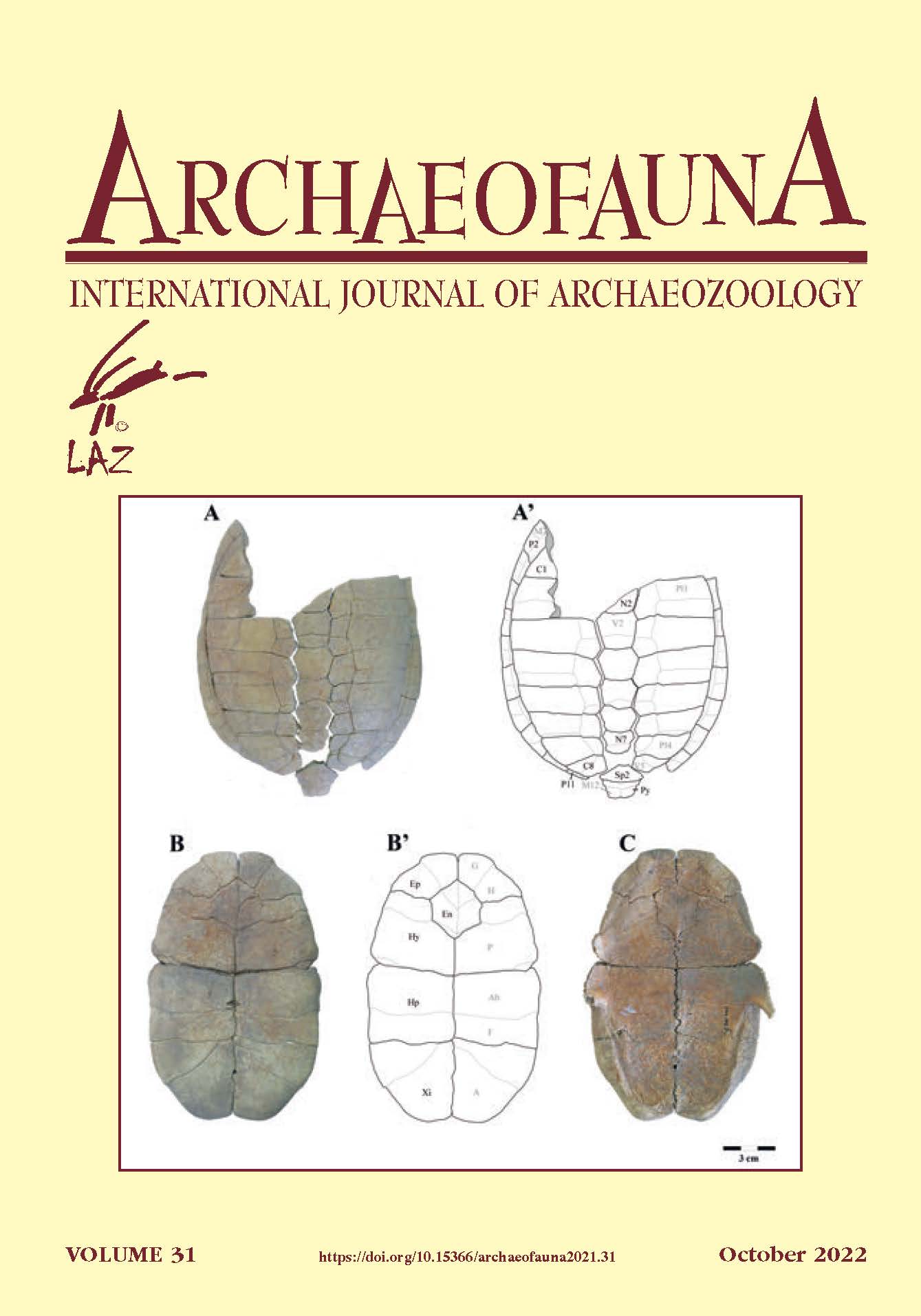All valley´s zooarchaeology: changes in the consumption of animals in the last 3,400 years in El Mauro Valley, Semiarid North of Chile (31°s)
Keywords:
zooarqueology, el mauro valley, semiarid north, south american camelids, domesticationAbstract
We present and discuss results of the zooarchaeological analysis of 37 archaeological sites in El Mauro Valley (31°57’S-71°01’O, ~900 masl), located on the southern border of the Semiarid North of Chile. These sites cover a chronological and cultural sequence ranging from the Late Archaic (ca. 3,400 cal years BP onwards) to historical occupations, emphasizing the pre-Hispanic sequence associated to Early Ceramic Period (El Molle), Late Intermediate Period (Diaguita) and Late Period (Inka). By integrating all recovered taxa, new consume patterns emerge through the sequence. Or results indicate intensive consumption of camelids (Lama guanicoe) during the Archaic period, that descends drastically in sync with the appearance of ceramics and horticultural practices in the valley. With the consolidation of agricultural practices and the introduction of camelid herding (Lama glama) towards the Diaguita period, we propose the need to rethink these groups with transhumant pastoral practices conditioned by the pasture cycles in the Semiarid, as observed for historical moments.

